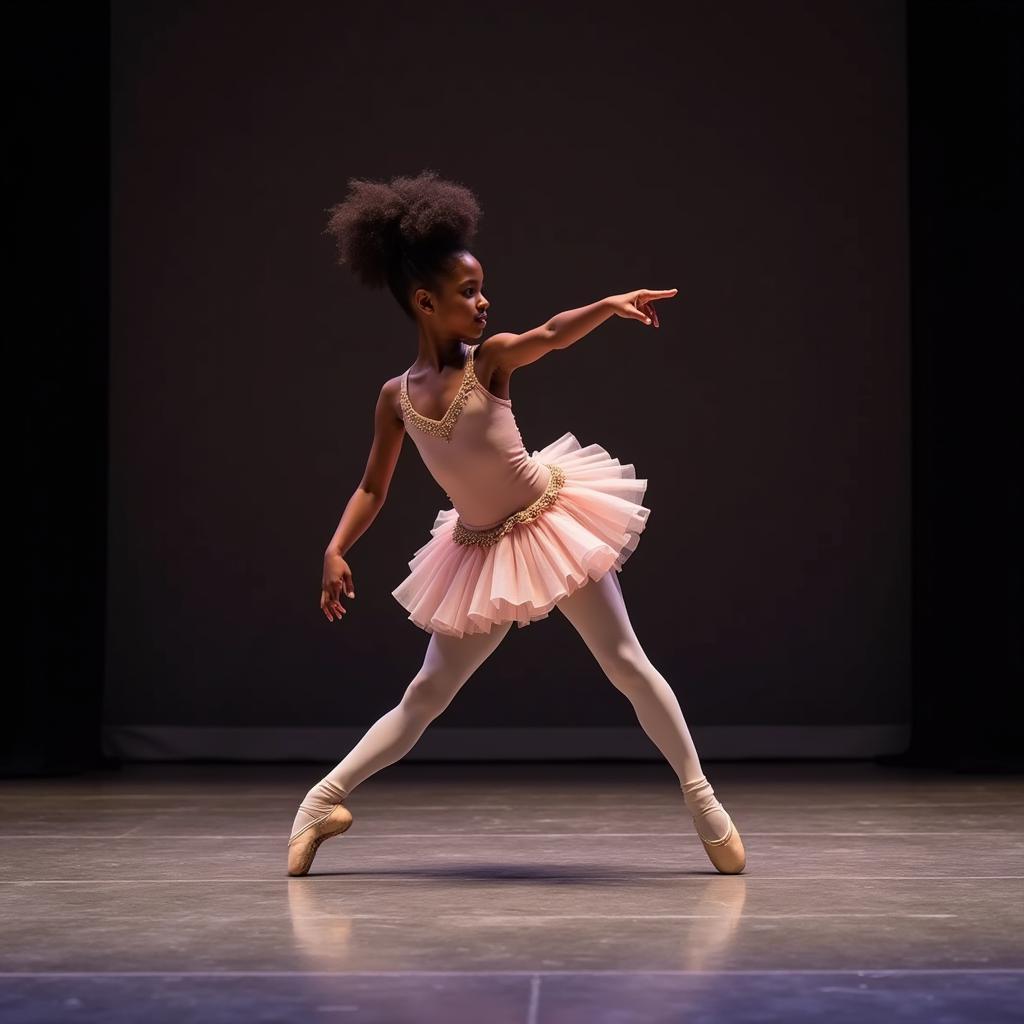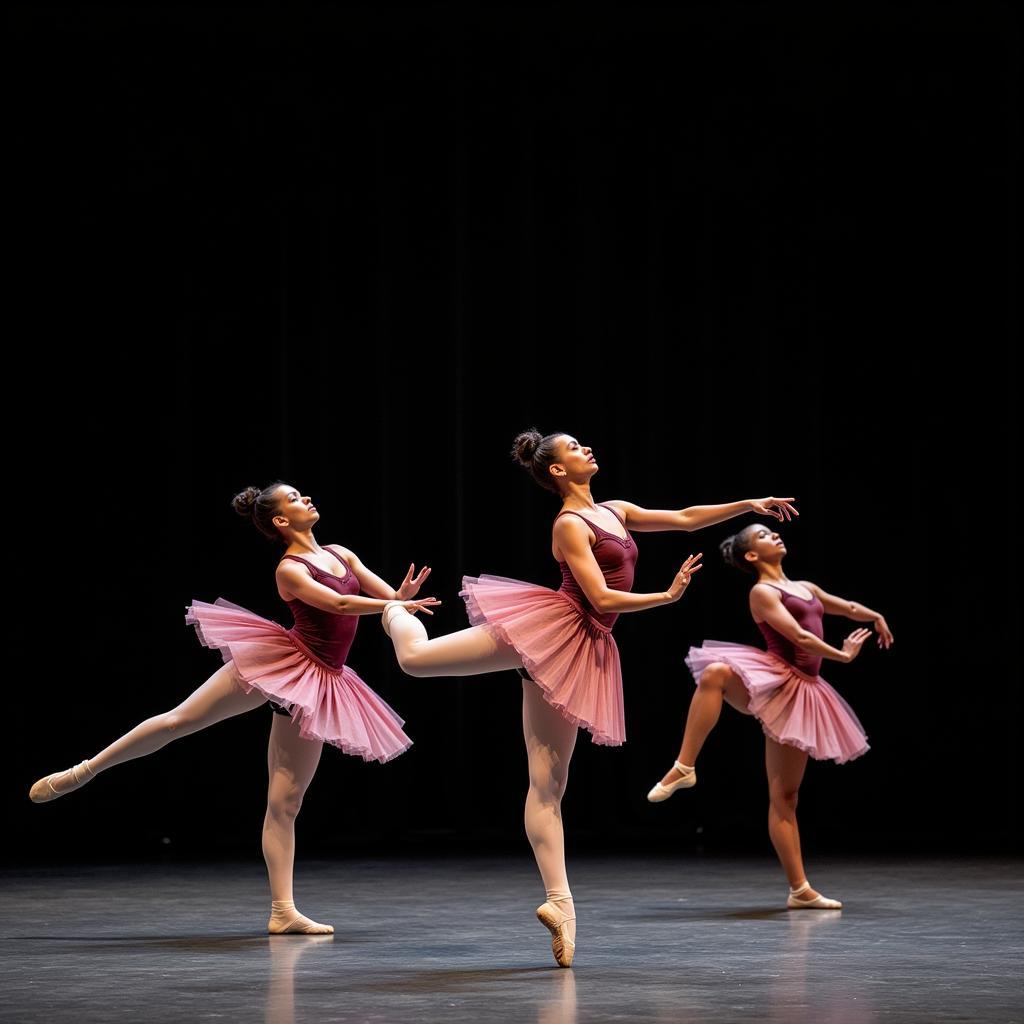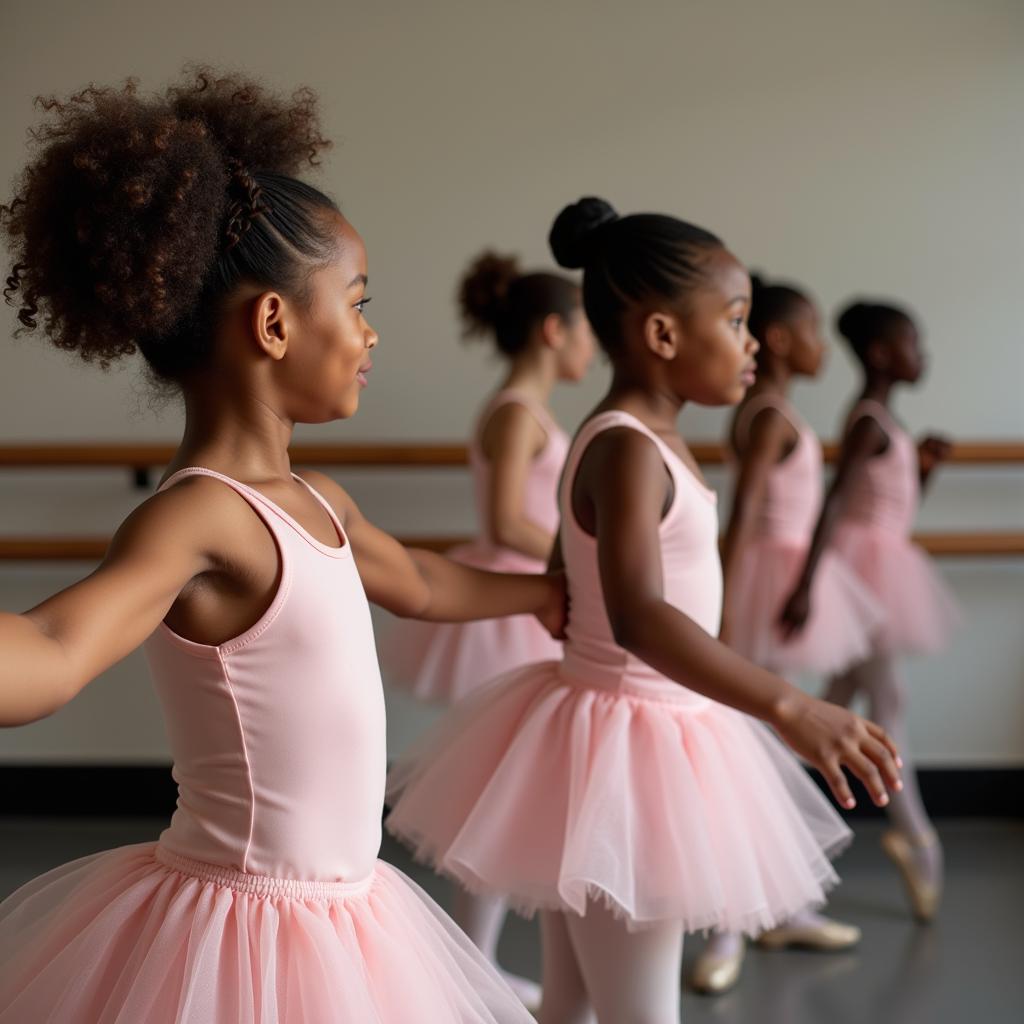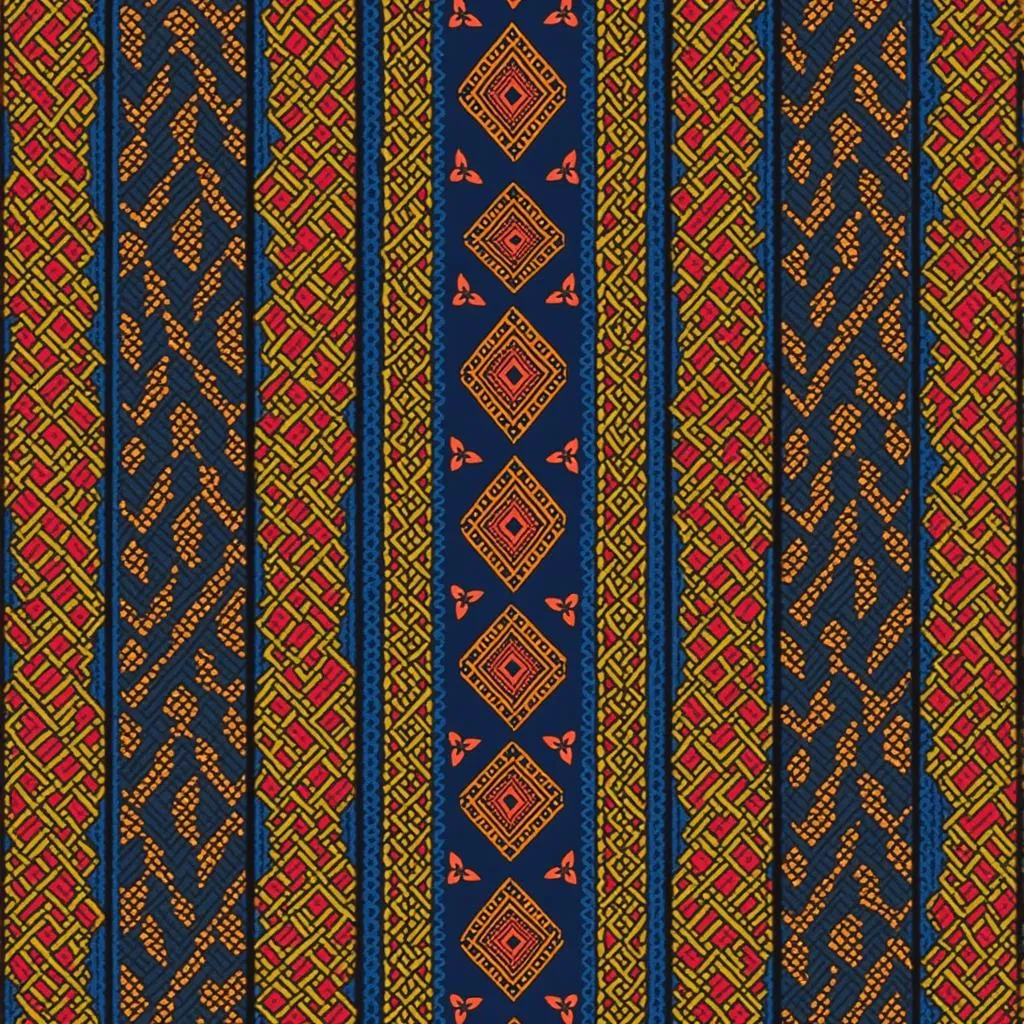African American Dancers in Ballet: A Journey of Grace and Grit
The world of ballet has long been captivated by the talent and artistry of African American dancers. Their journey, however, has been marked by both extraordinary achievements and persistent challenges, reflecting a broader struggle for representation and equality within the dance world.
 African American Ballerina on Stage
African American Ballerina on Stage
A Legacy of Overcoming Barriers
For much of ballet’s history, African American dancers faced significant obstacles to pursuing their passion. Segregation and deeply rooted prejudices limited opportunities to train and perform. Despite these hurdles, pioneering figures emerged, determined to break down barriers and pave the way for future generations.
Janet Collins made history in 1951 by becoming the first African American ballerina to join a major American ballet company, Ballet Russe de Monte Carlo. Her exceptional talent and perseverance challenged the status quo and opened doors for others to follow. Similarly, Arthur Mitchell’s groundbreaking career as a principal dancer with the New York City Ballet, followed by the establishment of the Dance Theatre of Harlem, a predominantly Black company, created a lasting legacy.
 Dance Theatre of Harlem Performance
Dance Theatre of Harlem Performance
These pioneers not only possessed incredible talent and determination, but also challenged the traditional aesthetic of ballet, which often favored dancers with lighter skin tones. Their presence on stage forced a reconsideration of beauty standards and expanded the definition of what a ballet dancer could look like.
A New Generation Takes Center Stage
Today, a new generation of African American ballet dancers continues to make strides, achieving unprecedented success and recognition on the global stage. Misty Copeland, a principal dancer with the prestigious American Ballet Theatre, has become a household name, inspiring countless young dancers with her artistry and advocacy for diversity in ballet.
african american ballerina music box
Alongside these celebrated figures, numerous other talented African American dancers are making their mark in companies across the world, showcasing their unique voices and perspectives. Their contributions go beyond simply performing; they are actively shaping the future of ballet, pushing for greater inclusivity and representation both on and off stage.
What are the challenges still faced by African American dancers in ballet?
Despite the significant progress, challenges persist. African American dancers still face bias in casting and opportunities, and the lack of diversity in leadership positions within ballet companies remains a concern.
However, there is growing awareness within the dance world of the need for change. Organizations like the International Association of Blacks in Dance are working to promote diversity and inclusion, while mentorship programs are providing valuable support and guidance to young dancers of color.
The Future of Ballet: A Tapestry of Diversity
The journey of African American dancers in ballet is a testament to the power of talent, perseverance, and the unwavering pursuit of dreams. As more and more talented individuals break down barriers, they are not only changing the face of ballet but also enriching the art form itself.
african american barbie ballerina bedding, african american ballerina jewelry box
The future of ballet is inevitably intertwined with its commitment to diversity and inclusion. By embracing the richness of different backgrounds and experiences, ballet can truly reflect the beauty and complexity of the world we live in.
 Young African American Ballerinas in Class
Young African American Ballerinas in Class
The journey of African American dancers in ballet serves as an inspiration, reminding us that talent knows no boundaries and that true artistry thrives in an environment of inclusivity and respect.


